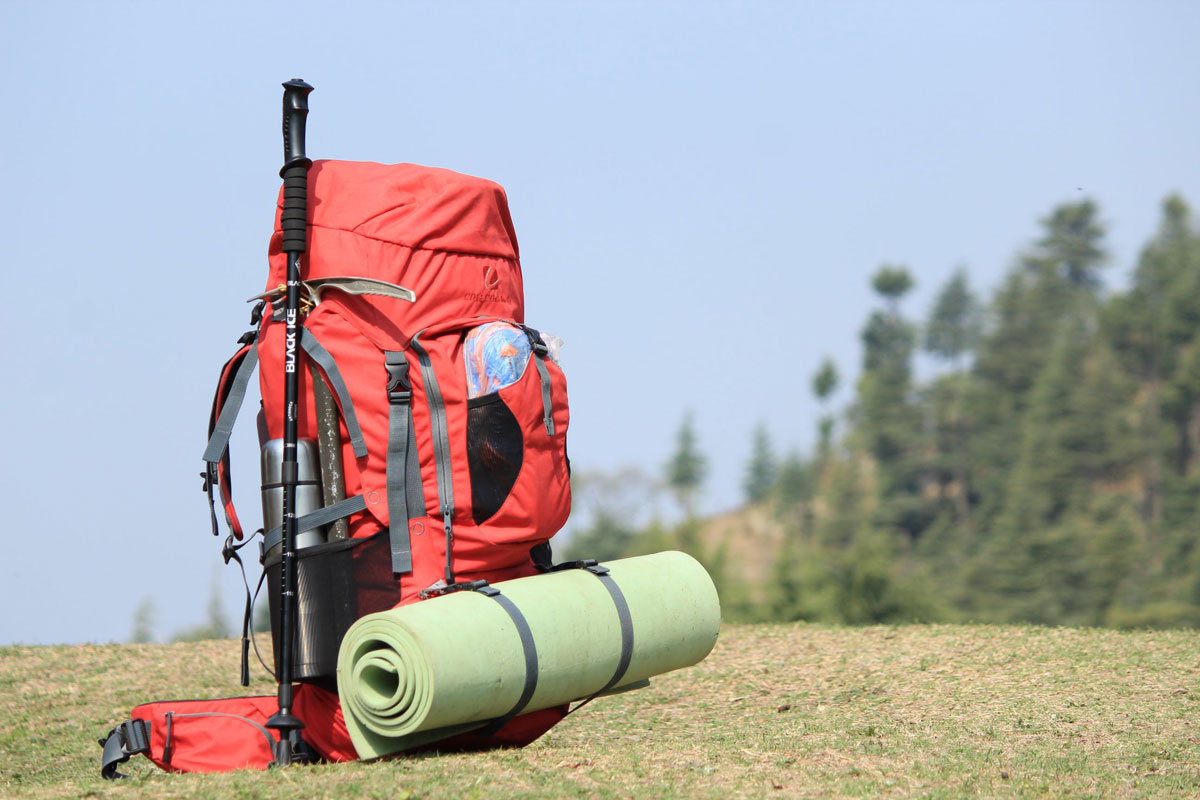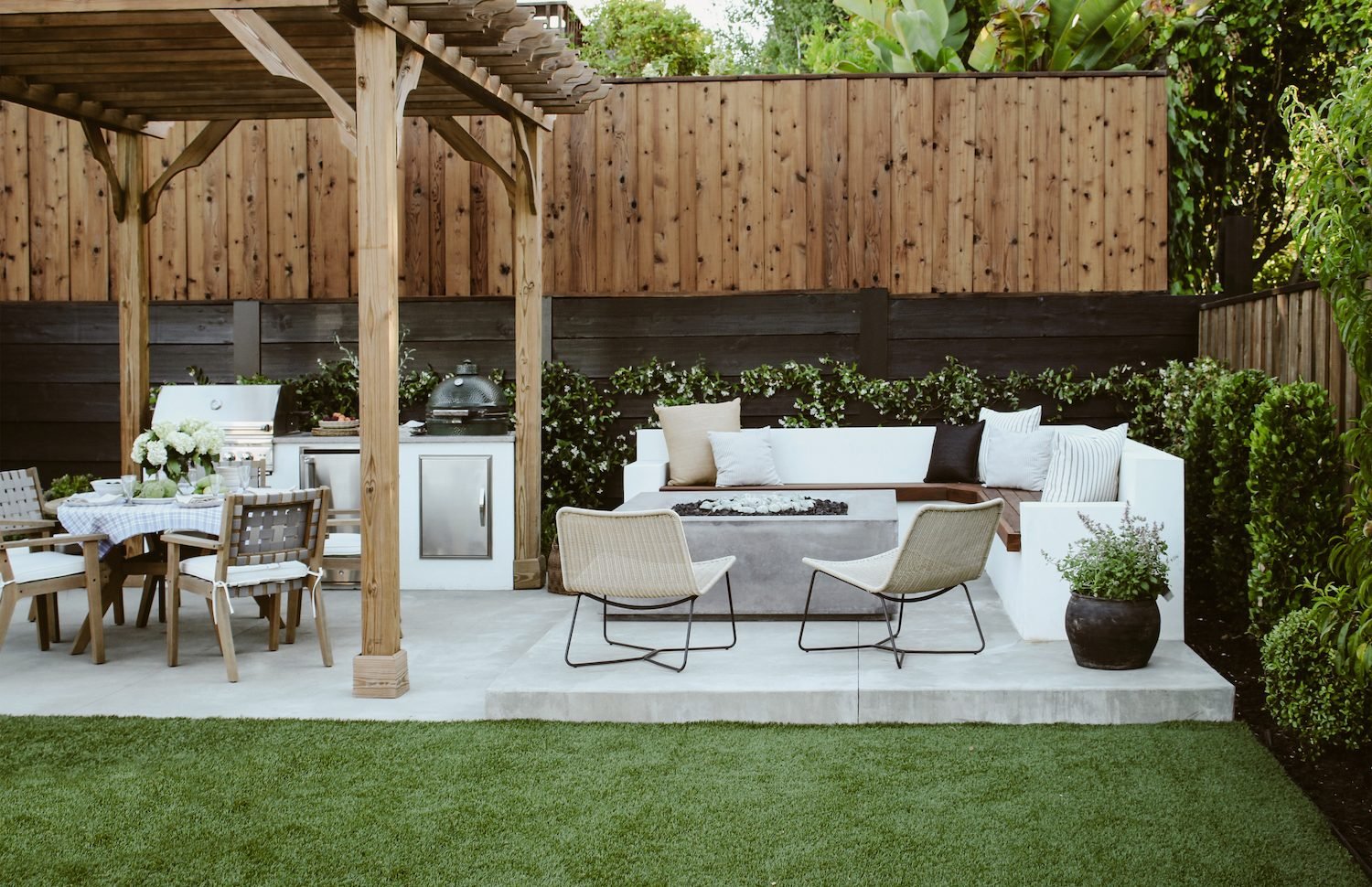Winter’s icy grip can wreak havoc on your outdoor floors. From stubborn stains to the potential for damage from freezing and thawing, preparing your patio, deck, or porch for the cold months is essential for its longevity and your enjoyment next spring. While power washers get a lot of attention, a good old-fashioned scrub brush, combined with the right techniques, can be surprisingly effective and even gentler on your flooring. This guide will show you how to winterize your outdoor floors using a scrub brush, leaving them clean, protected, and ready to withstand the winter elements.
Why a Scrub Brush is Your Secret Weapon
Before we delve into the specifics, let’s talk about why a scrub brush is a valuable tool in your winterization arsenal. Unlike power washers, which can be harsh and potentially damaging, particularly to certain materials like wood or composite decking, a scrub brush offers a gentler approach. It allows for more precise cleaning, getting into crevices and corners that a power washer might miss. This targeted cleaning helps remove ingrained dirt, mildew, and other debris before winter sets in, preventing them from causing more significant damage over the colder months.
Choosing the Right Scrub Brush: Bristles and Handles Matter
Not all scrub brushes are created equal. The type of brush you choose will depend on the material of your outdoor floor and the level of cleaning required. For delicate surfaces like wood or composite decking, a softer-bristled brush is recommended to avoid scratching. For tougher materials like concrete or brick, a stiffer-bristled brush will be more effective at removing stubborn stains and grime.
Consider the handle length as well. A longer handle allows you to reach larger areas and reduces bending and strain. A comfortable grip is also vital for extended cleaning sessions.
Preparing for the Deep Clean: The Pre-Scrub Stage
Before you even pick up your scrub brush, there’s some prep work to do. First, clear the area of any loose debris, such as leaves, twigs, or furniture. A broom or leaf blower can speed up this process. Next, consider a pre-soak. For tougher stains or mildew, applying a cleaning solution and allowing it to sit for 15-20 minutes can significantly improve the effectiveness of your scrubbing.
The Scrubbing Process: Technique and Patience
Once your surface is prepped, it’s time to get scrubbing! Use long, overlapping strokes, applying moderate pressure. Avoid scrubbing too aggressively, especially on delicate surfaces. Work in sections to ensure you cover the entire area thoroughly. Pay particular attention to corners, edges, and any areas prone to mildew or staining. Remember, patience is key. A thorough cleaning is far more effective than a rushed one.
Choosing the Right Cleaning Solution

The choice of cleaning solution will depend on your flooring material and the type of stains you’re tackling. For general cleaning, a mixture of mild soap and water is often sufficient. For mildew removal, a bleach solution (always follow dilution instructions carefully!) or a commercial mildew cleaner might be necessary. Always test any cleaning solution in an inconspicuous area first to ensure it doesn’t damage your flooring.
Rinsing and Drying: The Final Steps

After scrubbing, rinse the surface thoroughly with clean water. A garden hose is ideal for this purpose. Ensure that all traces of cleaning solution are removed. Then, allow the floor to air dry completely before covering or storing any outdoor furniture. Leaving the surface damp can promote mildew growth and increase the risk of damage from freezing temperatures.
Preventative Measures for Winter Protection
Cleaning is just one part of winterizing your outdoor floors. Taking additional preventative measures will further protect your investment. For wooden decks, consider applying a sealant or stain to help protect against moisture damage. For concrete or brick surfaces, sealing can help prevent staining and cracking. Regularly clearing snow and ice is also crucial to prevent damage from expansion and contraction.
Choosing the Right Brush for Your Surface

To help you choose the right brush, here’s a quick guide based on surface type:
- Wood Decks: Soft-bristled brush with a long handle to avoid scratching.
- Concrete Patios: Stiff-bristled brush for removing tough stains.
- Brick Pathways: Medium-bristled brush; a stiff brush may damage the grout.
- Composite Decking: Soft-bristled brush; be gentle to avoid dulling the surface.
Beyond the Scrub Brush: Additional Winterization Tips

While a scrub brush forms the core of your winterization routine, other measures can enhance the protection of your outdoor floors:
- Regular sweeping: Prevent leaves and debris from accumulating.
- Covering furniture: Protect your outdoor furniture from the elements.
- Winterizing your outdoor furniture: Store cushions inside or cover them well.
- Applying sealant or stain: Protect wooden surfaces from moisture.
- Repairing cracks or damage: Address any issues before winter arrives.
By following these tips and dedicating a little time to pre-winter cleaning, you can significantly extend the life of your outdoor floors and enjoy their beauty for years to come. Remember, a little preventative care goes a long way in maintaining your outdoor spaces.




